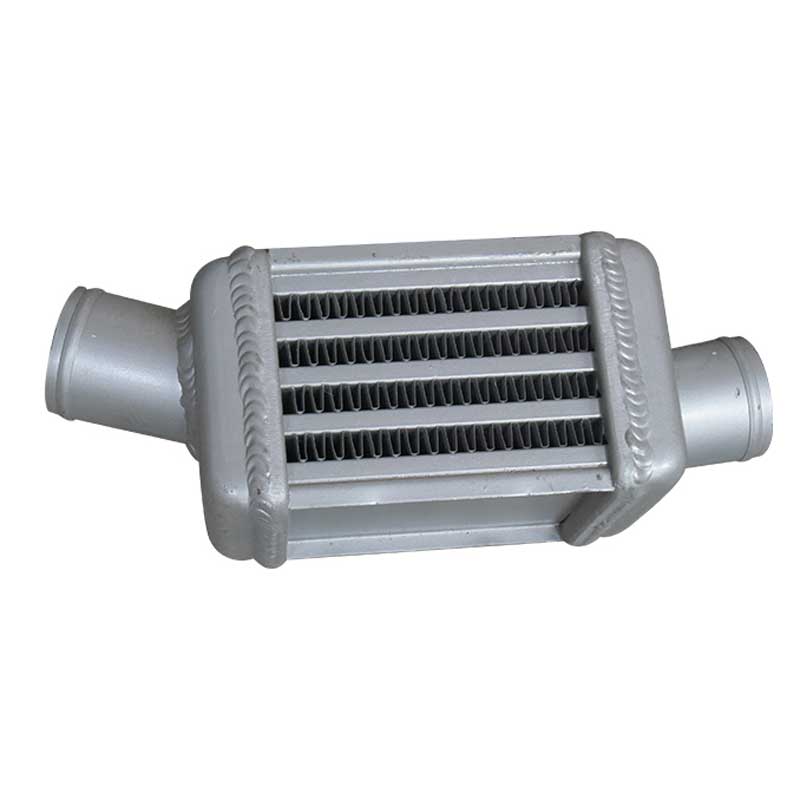An intercooler is a device used in internal combustion engines, particularly in turbocharged or supercharged systems. Its primary function is to cool the compressed air coming from the turbocharger or supercharger before it enters the engine’s intake manifold.
When air is compressed by a forced induction system, such as a turbocharger, it gets heated up. Hotter air is less dense, which can reduce engine performance and increase the risk of detonation (knocking). The intercooler acts as a heat exchanger, dissipating the heat from the compressed air and reducing its temperature.
By cooling the compressed air, the intercooler increases its density, allowing more oxygen to be packed into the combustion chamber. This denser air improves engine efficiency and power output. Cooler intake temperatures also help prevent engine damage caused by excessive heat.
Overall, an intercooler plays a crucial role in improving the performance and reliability of turbocharged or supercharged engines by cooling the compressed air and increasing its density before it reaches the engine.
Car intercoolers are heat exchangers used in turbocharged or supercharged engines to cool the compressed air before it enters the engine’s combustion chamber. The development of car intercoolers focuses on improving their efficiency and performance. Here are some key aspects of intercooler development:
- Design Optimization: Engineers work on optimizing the intercooler’s design to maximize cooling efficiency while minimizing pressure drop. This involves selecting the right core size, fin density, tube design, and airflow path to achieve the desired cooling performance.
- Material Selection: Intercoolers are typically made from aluminum due to its excellent heat transfer properties and lightweight nature. Ongoing research explores advanced materials and manufacturing techniques to further enhance heat dissipation and reduce weight.
- Thermal Management: Effective thermal management is crucial for intercooler performance. Development efforts focus on improving airflow distribution, reducing heat soak, and minimizing pressure losses within the intercooler system.
- Computational Fluid Dynamics (CFD) Analysis: CFD simulations are extensively used in intercooler development to analyze and optimize the airflow and heat transfer characteristics. This helps engineers refine the intercooler design and identify potential areas for improvement.
- Testing and Validation: Intercoolers undergo rigorous testing to evaluate their performance under various operating conditions. Benchtop tests and on-road evaluations assess factors such as cooling efficiency, pressure drop, durability, and resistance to heat soak.
- Integrated System Design: Intercoolers are part of a larger engine cooling system. Development efforts involve considering the overall system design, including radiator sizing, ducting, and airflow management, to ensure optimal cooling performance and efficient operation.
- Future Trends: With advancements in electric vehicles and hybrid powertrains, intercooler development may also involve integrating them with other cooling systems, such as battery thermal management, to optimize overall vehicle efficiency.
Post time: Jul-17-2023





